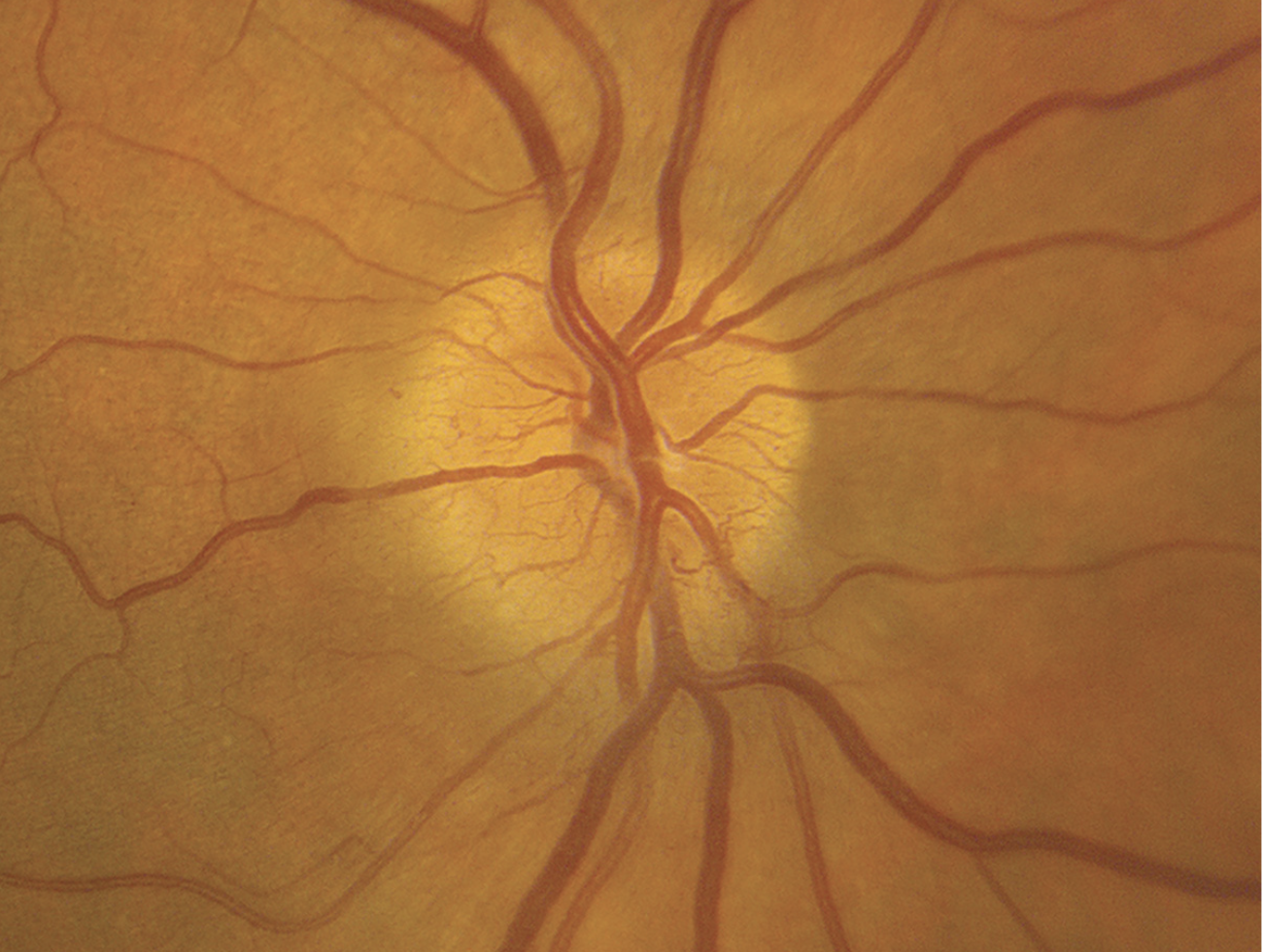 |
A higher frequency of NAION occurring in men, as well as more than double the number of men than women that enrolled in the study, suggests some sex-associated feature critical in development of the condition. Photo: Alison Bozung, OD. Click image to enlarge. |
Although certain factors are associated with increased likelihood of developing nonarteritic ischemic optic neuropathy (NAION), one new study just published in Ophthalmology was able to determine that other unidentified factors may contribute as well. Researchers of a recent investigation described the baseline ophthalmic and cardiovascular (CV) risk factors reported as associated with nonarteritic ischemic optic neuropathy (NAION).
Included in the analysis were 500 men and 229 women aged 50 to 80 with acute NAION, recruited across countries of Australia, China, Germany, India, Israel, Italy, Singapore and the US; another 191 individuals were controls. Patients were mostly white (n=570) and Asian (n=149). The prevalence of ophthalmic features and CV risk factors were reported and stratified by country, race and sex. Best-corrected visual acuity (BCVA), average visual field total deviation (TD) in affected eyes and cup-to-disc ratio in fellow eyes at time of enrollment were also included.
BCVA in the studied eye was 71 letters, while TD was -16.5dB for stimulus III and -15.7dB for stimulus V. Cup-to-disc ratio averaged 0.1 both vertically and horizontally in unaffected fellow eyes. Variance was seen across countries for CV risk factor prevalence, but CV risk factors were present in 90% of participants across seven countries. The most obvious were differences among white vs. Asian individuals in baseline comorbidities and ophthalmological features. Men vs. women differed in a few features, too.
Although CV risk factors were often present in those across seven countries, they were not necessarily increased compared with overall prevalence in each country, with significant differences seen in prevalence of said factors among countries. These risk factors seen included hypertension, smoking, diabetes and obesity, with no other risk factor present in many patients except for the small cup-to-disc ratio. Even 10.2% across all countries displayed no CV risk factors and had normal fellow eyes.
Visual acuity and visual field TD were found worse in Asian subjects than in white individuals, while a higher male proportion, overweight and obese participants and sleep apnea presence were all found greater in the white population, as well as lower diabetes prevalence. Asian participants also displayed minimally larger cup-to-disc ratios.
Some risk factors were similar among men vs. women, including diabetes, hypertension, hyperlipidemia, sleep apnea and fellow eye cup-to-disc ratios. However, age, smoking tobacco, blood glucose, total cholesterol, BMI and previous NAION in fellow eyes were all greater in men. What’s more, women in the smaple were slightly older than men, with fewer women occupying the age range of 50-55 than men. In their article, the researchers postulated that “the time to lose a possible protective estrogen effect on the compliance of the optic nerve head might be the reason that women in our study developed NAION at a slightly but significantly older age than men.” Both sexes were equal in terms of vision loss, either by visual acuity measurement or severity of optic nerve head swelling.
Perhaps most importantly, the study authors call attention to one observation: “We did find, however, that having a small cup-to-disc ratio is clearly a very important predisposing factor. This suggests that other features, not yet identified, may be the triggering event or cause of NAION, and cardiovascular risk factors associated with vascular damage create a predisposition in the optic nerve head.”
Kupersmith MJ, Fraser CL, Morgenstern R, et al., for the Quark207 NAION Study Group. Ophthalmic and systemic factors of the acute nonarteritic anterior ischemic optic neuropathy in the Quark 207 Treatment Trial. Ophthalmology. January 9, 2024. [Epub ahead of print]. |


